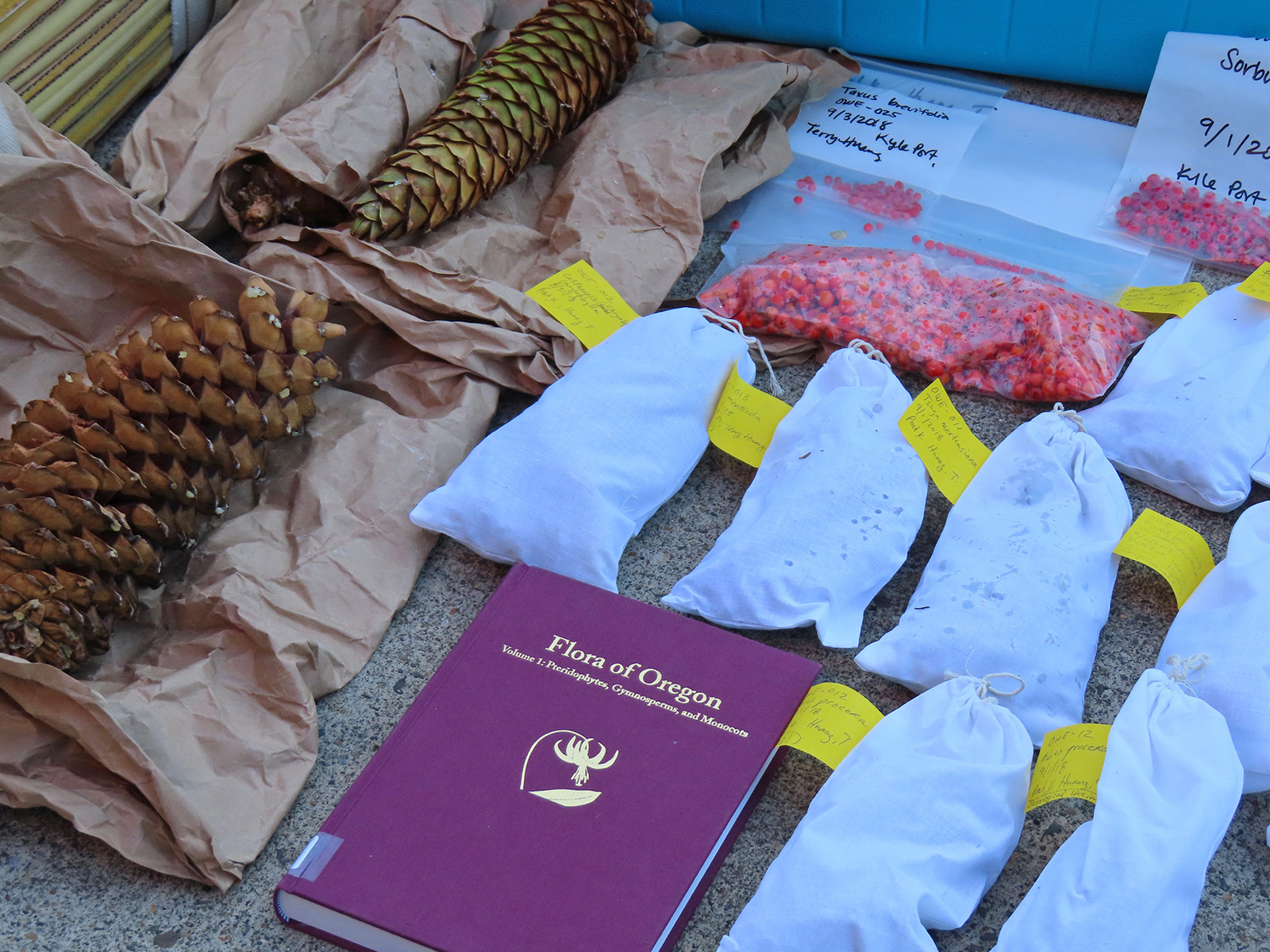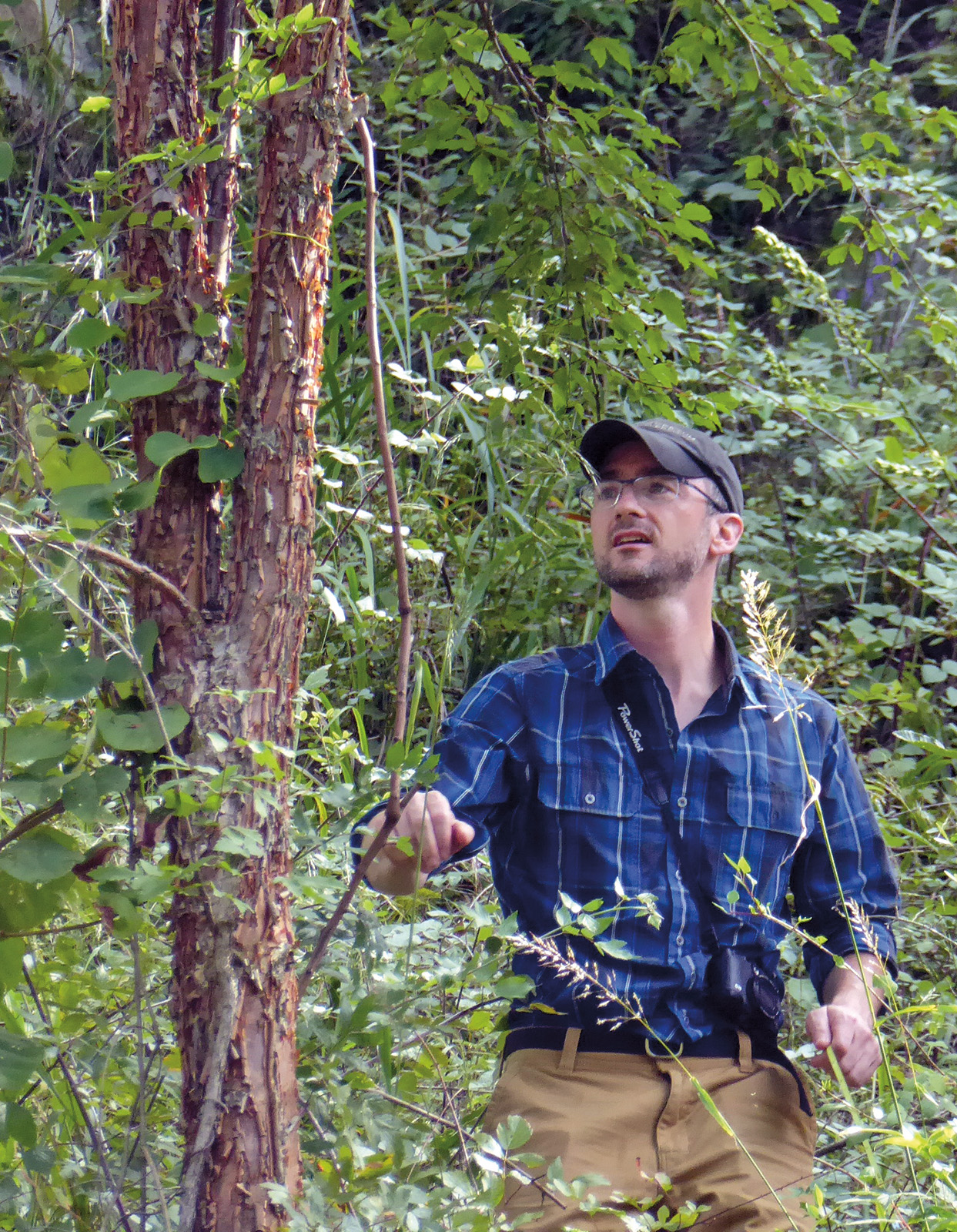How do you make everlasting and dramatic change to a living collection of plants already in its 150th year? At the Arnold Arboretum, the answer is one species at a time.
When the Arboretum launched its prodigious collecting and biodiversity preservation campaign in late 2015, nearly 400 species of plants were targeted for acquisition from throughout the temperate world. This diverse selection of targets included shrubs threatened with extinction like Dirca decipiens (Ozark leatherwood), common trees like Carya myristiciformis (nutmeg hickory) whose representation at the Arboretum could be more robust, as well as a few woody genera like Planera aquatica (water elm) that were lacking entirely.

After some twenty expeditions to destinations as far away as China and Japan, to those closer to home like New Hampshire, we’ve acquired 211 of our 395 targeted species, not to mention scores of other plants encountered along the way. Over the past few years, several cohorts of young plants—initially propagated and reared at the Dana Greenhouse and Nurseries—have been planted into the Arboretum’s permanent collections. In fact, at the time of this writing (and just before our fall planting season begins), 680 individual plants representing 121 target species are already growing in locations across our landscape.

Among those nestled into various nooks and crannies across our 281 acres are prickly pear cactus (Opuntia humifusa) from Virginia, corkwood (Leitneria floridana) from the wetlands of Arkansas, and Oriental beech (Fagus orientalis) from the Republic of Georgia. Another acquisition, the beautiful yet rare-in-nature paperbark maple (Acer griseum), was planted in the Explorers Garden this past spring by members of the Arnold Arboretum to honor the institution’s sesquicentennial. I recall the day colleagues and I collected the maple seed in 2015, on a rocky trail in northern Sichuan, China. And now, a few years later, the fruits (quite literally) of our labors have taken root in soil that will serve as a tree’s everlasting home. Seeing these new acquisitions mature from seed to sapling to Arboretum accession is truly gratifying, and energizes our efforts to fulfill the campaign’s aspirations in the collecting seasons ahead.

